Dirk Engelen tours his restored Antwerp home – a 1970s architectural masterpiece
Belgian architect Dirk Engelen was surprised to find a John Lautner look-a-like house in suburban Antwerp. Drawn to its unique concrete and brick design, his curiosity got the better of him and he bought the house and renovated it, not without bringing some architectural abstractions of his own to the design

In the wooded suburbs of Antwerp, Dirk Engelen, director of B Architecten, is adjusting to life in his newly renovated modern house. He describes the house as ‘an apartment in the treetops’ because the living space is set across the first floor, and a ‘mushroom’ because of its central stem and circular body.
The house was originally built in 1975, and designed by a relatively unknown Belgian architect named Jacky Cuylen. Other than a lesser brutalist administration building in Herentals, this house was Cuylen’s only masterpiece. ‘He was an interesting architect, but he didn't bring creativity to his daily work. His wider work was ordinary, definitely not architecture, and it is sad that this was his only exceptional house,’ says Engelen, who was surprised that Cuylen wasn’t part of the local De Turnhoutse School, a group that pioneered modern architecture in the De Kempen area of Flanders.
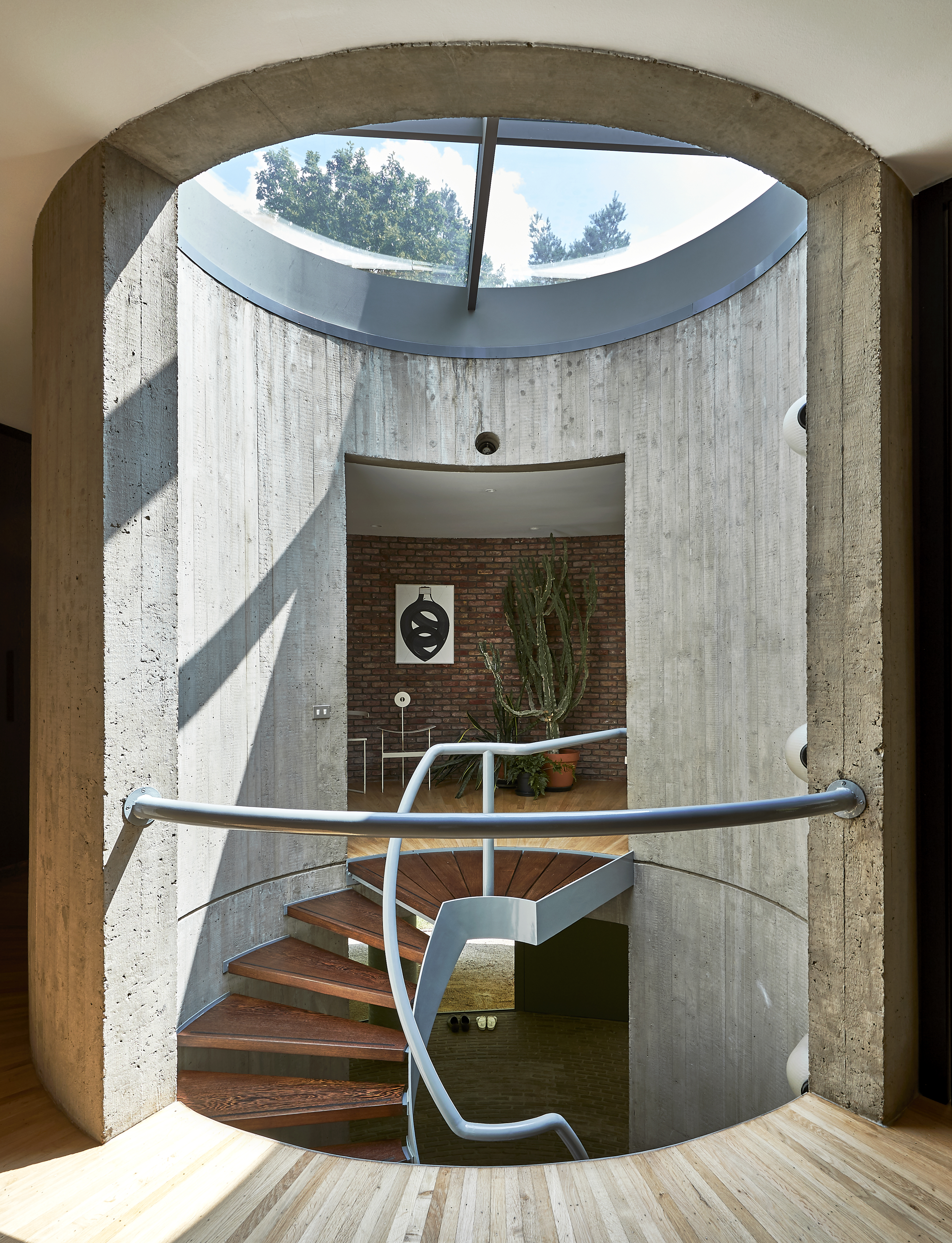
Designed for Cuylen’s brother Jan, a high-end sound engineer, the house took six years to build and completed in 1975. When Engelen bought the house in 2018, he met Cuylen’s family, who explained that the two brothers had taken a trip to Los Angeles in the late 1960s, where it is assumed they came into contact with the Case Study houses. As well as John Lautner’s Elrod house of 1968, the Cuylen house’s closest comparison.
Similarly to Elrod’s sweeping concrete curves, the organic Cuylen house cantilevers on all sides supported by its central concrete core and seven slim columns. At its heart, a spiral steel and wood staircase. ‘Everything was designed from the principle of the circle. Like a piece of cake, every room has straight walls, perpendicular on the circle, and an open view to outside. Most houses in the woods end up being quite dark inside, but here the main floor is the first floor, and the ground floor was just designed for entry – so it’s like a tree house.’
‘When you feel the quality and soul of the past, you can revitalise it and bring it back to life’ – Dirk Engelen, architect
While beautiful, when Engelen bought the house it was also a leaking ruin that required some serious attention. Finishes were decaying, insulation was poor, and the roof and skylights were falling apart – although this didn’t stop him living with his family in the ‘ruin’ for six months ‘to connect to the house, to think and explore in a technical and practice way.’
During this time, Engelen devised a plan that went beyond renovation. He carefully stripped the house back to its purest form, while refining and abstracting to his own interpretation to the design. A tacky 70s drinks bar in the living room was removed. An abstracted concrete fireplace, the circular tiles in the bathroom, and radiating parquet on the ground floor stairway were all retained and carefully restored. While the central rooflight above the core was changed from a pyramid to a flat panel with a minimal frame. The ground floor became a winter garden, by extending the glazing into a wider circle.
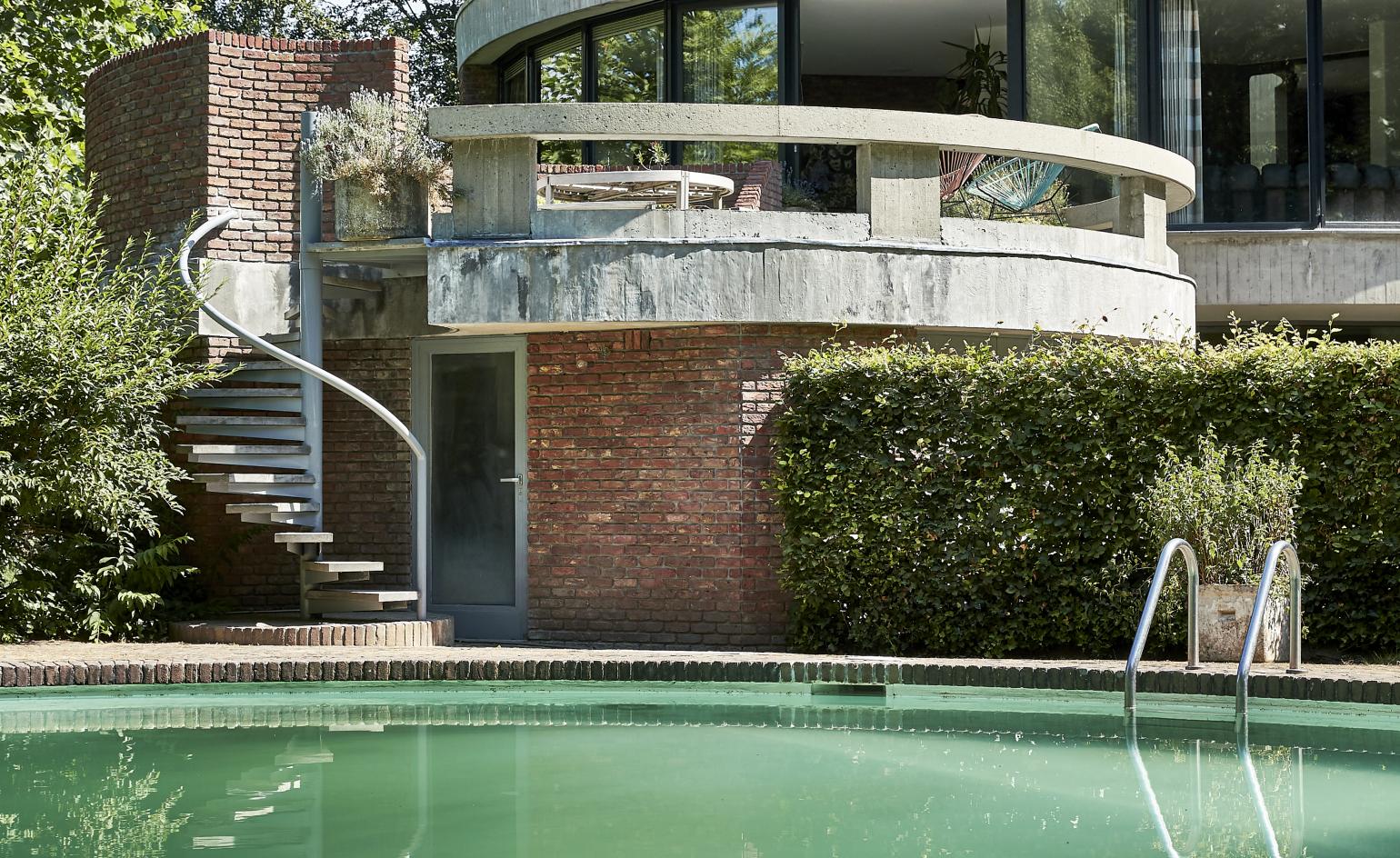
‘When you feel the quality and soul of the past, you can revitalise it and bring it back to life. If buildings get badly renovated, the beauty can leak away, but finding the quality of the original can makes them shine again,’ says Engelen. The architect has taken this approach through his work at Antwerp based B Architecten working with older buildings and giving them a ‘second life’. The practice was founded by Engelen and two other architects 20 years ago. Engelen renovated a villa designed by the architect Nachman Kaplansky in 1934, then converted the top floors of a 1970s office building into a triplex apartment – that was also became his home.
Living in extraordinary pieces of architecture has been a huge inspiration to his work as an architect. Previous to living in the ‘Brazilian brutalist’ triplex, he lived in a Leon Stijnen designed apartment building in the centre of Antwerp. ‘I’ve always been intrigued with architectural history, and learning from the qualities of architecture that came before me.’
Receive our daily digest of inspiration, escapism and design stories from around the world direct to your inbox.
So, if there was one thing he could ask the original architect, Jacky Cuylen, what would it be? ‘The biggest question is, why couldn’t you find a way to build more of these beauties?’


INFORMATION
Harriet Thorpe is a writer, journalist and editor covering architecture, design and culture, with particular interest in sustainability, 20th-century architecture and community. After studying History of Art at the School of Oriental and African Studies (SOAS) and Journalism at City University in London, she developed her interest in architecture working at Wallpaper* magazine and today contributes to Wallpaper*, The World of Interiors and Icon magazine, amongst other titles. She is author of The Sustainable City (2022, Hoxton Mini Press), a book about sustainable architecture in London, and the Modern Cambridge Map (2023, Blue Crow Media), a map of 20th-century architecture in Cambridge, the city where she grew up.
-
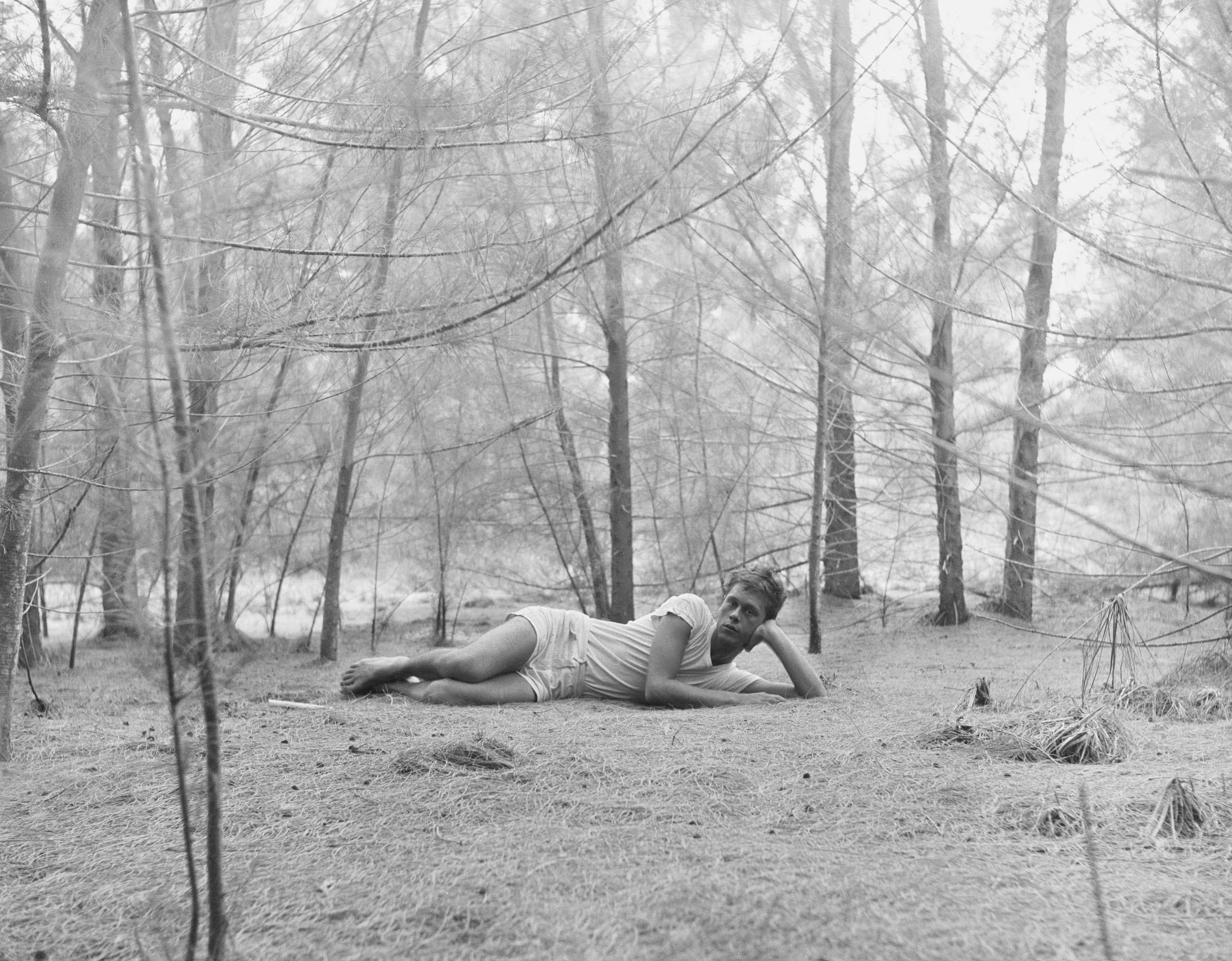 Inside the seductive and mischievous relationship between Paul Thek and Peter Hujar
Inside the seductive and mischievous relationship between Paul Thek and Peter HujarUntil now, little has been known about the deep friendship between artist Thek and photographer Hujar, something set to change with the release of their previously unpublished letters and photographs
-
 In addition to brutalist buildings, Alison Smithson designed some of the most festive Christmas cards we've seen
In addition to brutalist buildings, Alison Smithson designed some of the most festive Christmas cards we've seenThe architect’s collection of season’s greetings is on show at the Roca London Gallery, just in time for the holidays
-
 Six beautiful books to gift the watch and jewellery lover
Six beautiful books to gift the watch and jewellery loverFrom an encyclopaedic love letter to watchmaking to a celebration of contemporary jewellery, these tomes are true gems
-
 The Architecture Edit: Wallpaper’s houses of the month
The Architecture Edit: Wallpaper’s houses of the monthFrom wineries-turned-music studios to fire-resistant holiday homes, these are the properties that have most impressed the Wallpaper* editors this month
-
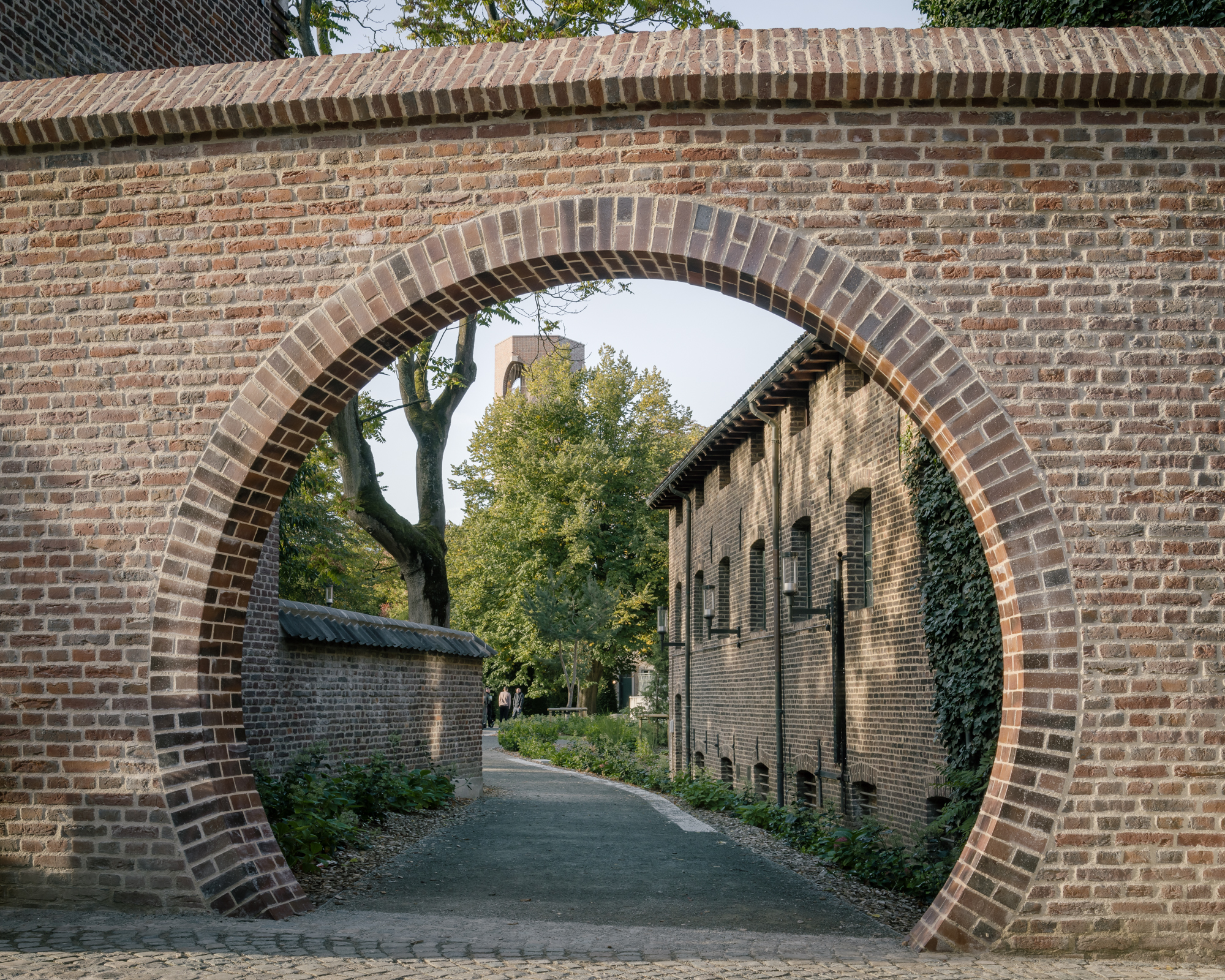 How a former women’s community in Belgium became a model for adaptive reuse
How a former women’s community in Belgium became a model for adaptive reuseA Hasselt beguinage, transformed to the 21st century through smart adaptive reuse by London-based architect David Kohn and Antwerp's Dirk Somers, makes for a fitting home for the city's Interior Architecture university programme
-
 This modernist home, designed by a disciple of Le Corbusier, is on the market
This modernist home, designed by a disciple of Le Corbusier, is on the marketAndré Wogenscky was a long-time collaborator and chief assistant of Le Corbusier; he built this home, a case study for post-war modernism, in 1957
-
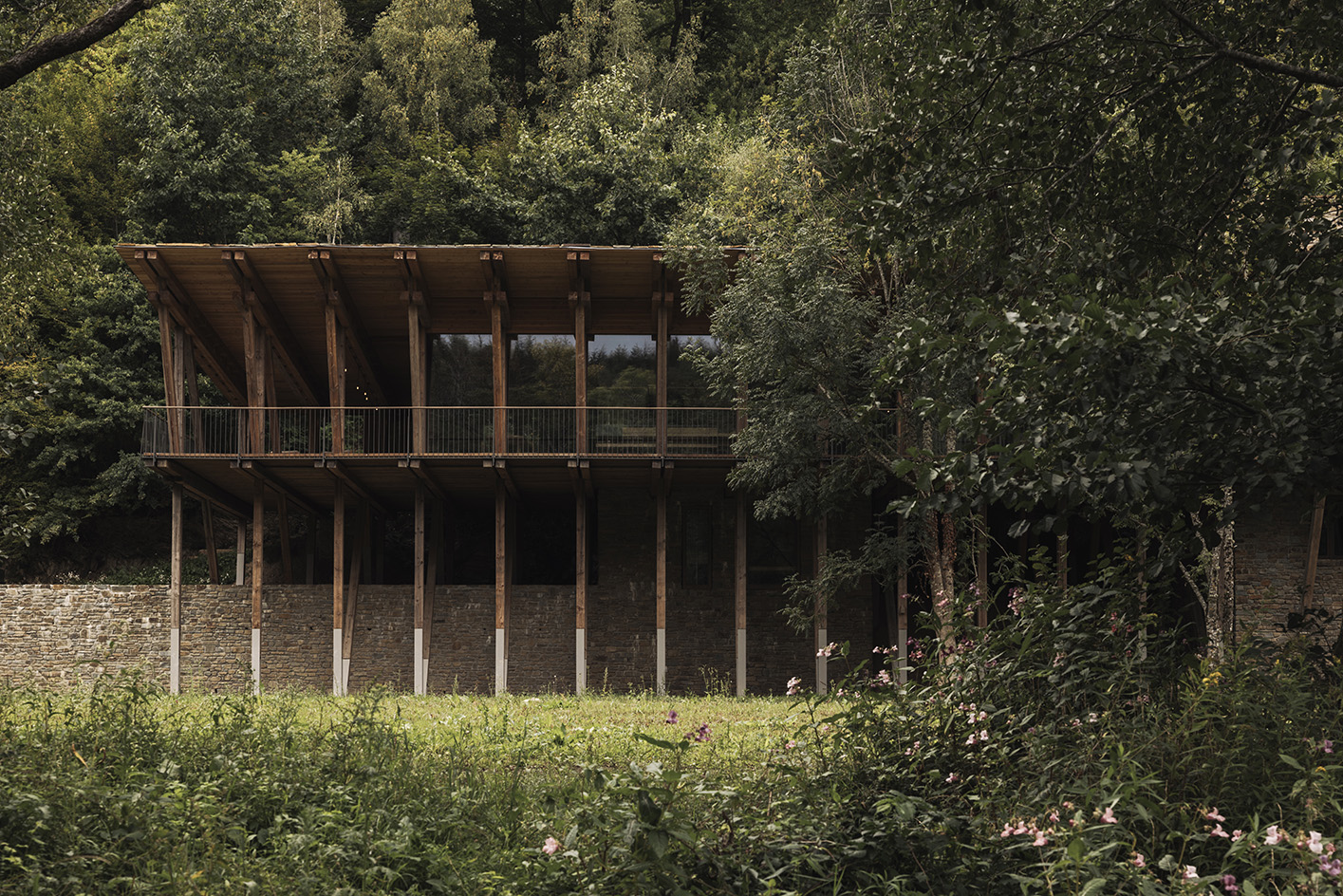 Woodstock House reinterprets modernist legacy through 21st-century sustainability
Woodstock House reinterprets modernist legacy through 21st-century sustainabilityLocally sourced materials and high design ambition merge in the newest residential work by Belgium’s BC Architects & Studies & Materials
-
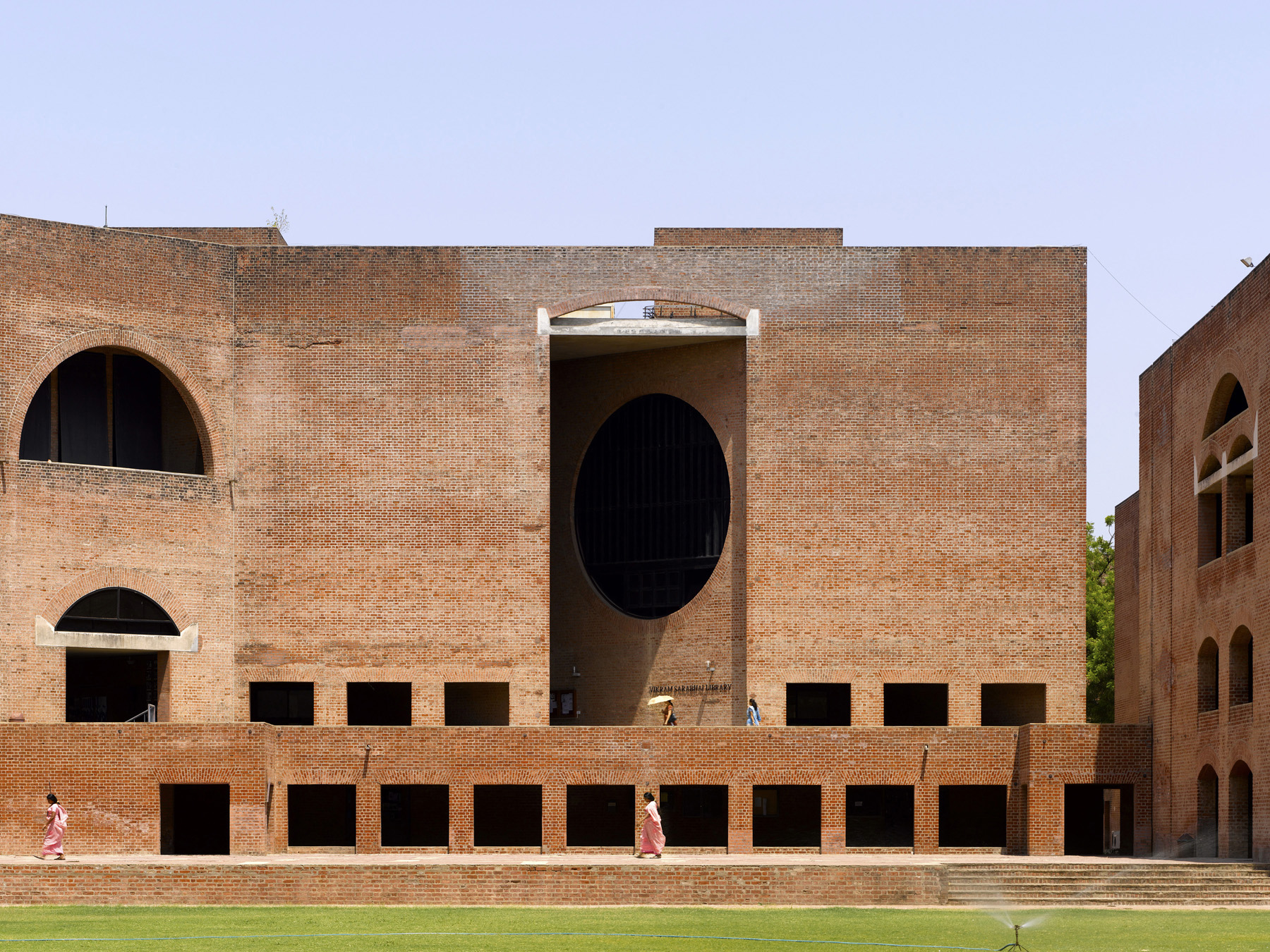 Louis Kahn, the modernist architect and the man behind the myth
Louis Kahn, the modernist architect and the man behind the mythWe chart the life and work of Louis Kahn, one of the 20th century’s most prominent modernists and a revered professional; yet his personal life meant he was also an architectural enigma
-
 The Architecture Edit: Wallpaper’s houses of the month
The Architecture Edit: Wallpaper’s houses of the monthFrom Malibu beach pads to cosy cabins blanketed in snow, Wallpaper* has featured some incredible homes this month. We profile our favourites below
-
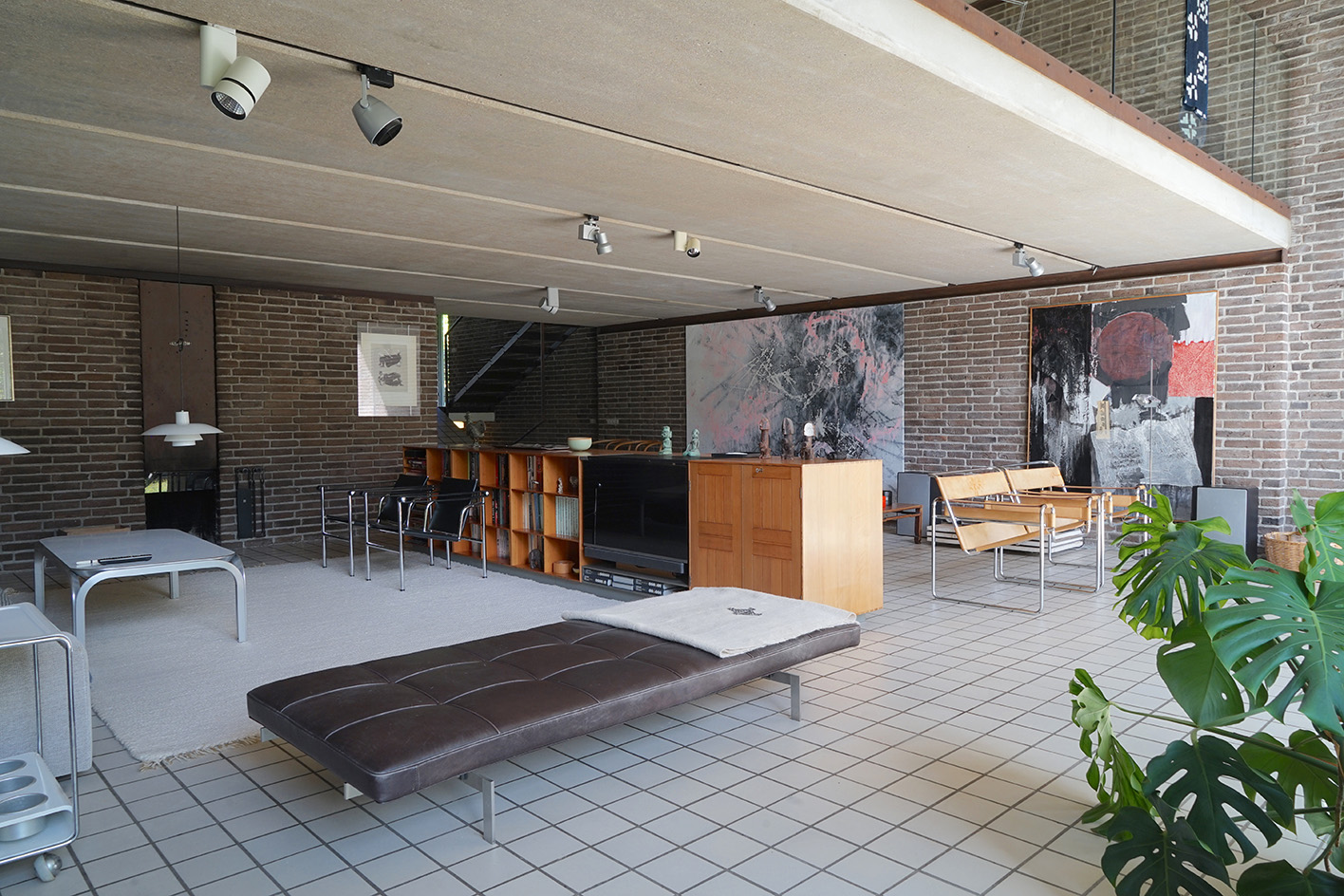 Three lesser-known Danish modernist houses track the country’s 20th-century architecture
Three lesser-known Danish modernist houses track the country’s 20th-century architectureWe visit three Danish modernist houses with writer, curator and architecture historian Adam Štěch, a delve into lower-profile examples of the country’s rich 20th-century legacy
-
 The Architecture Edit: Wallpaper’s houses of the month
The Architecture Edit: Wallpaper’s houses of the monthThis September, Wallpaper highlighted a striking mix of architecture – from iconic modernist homes newly up for sale to the dramatic transformation of a crumbling Scottish cottage. These are the projects that caught our eye